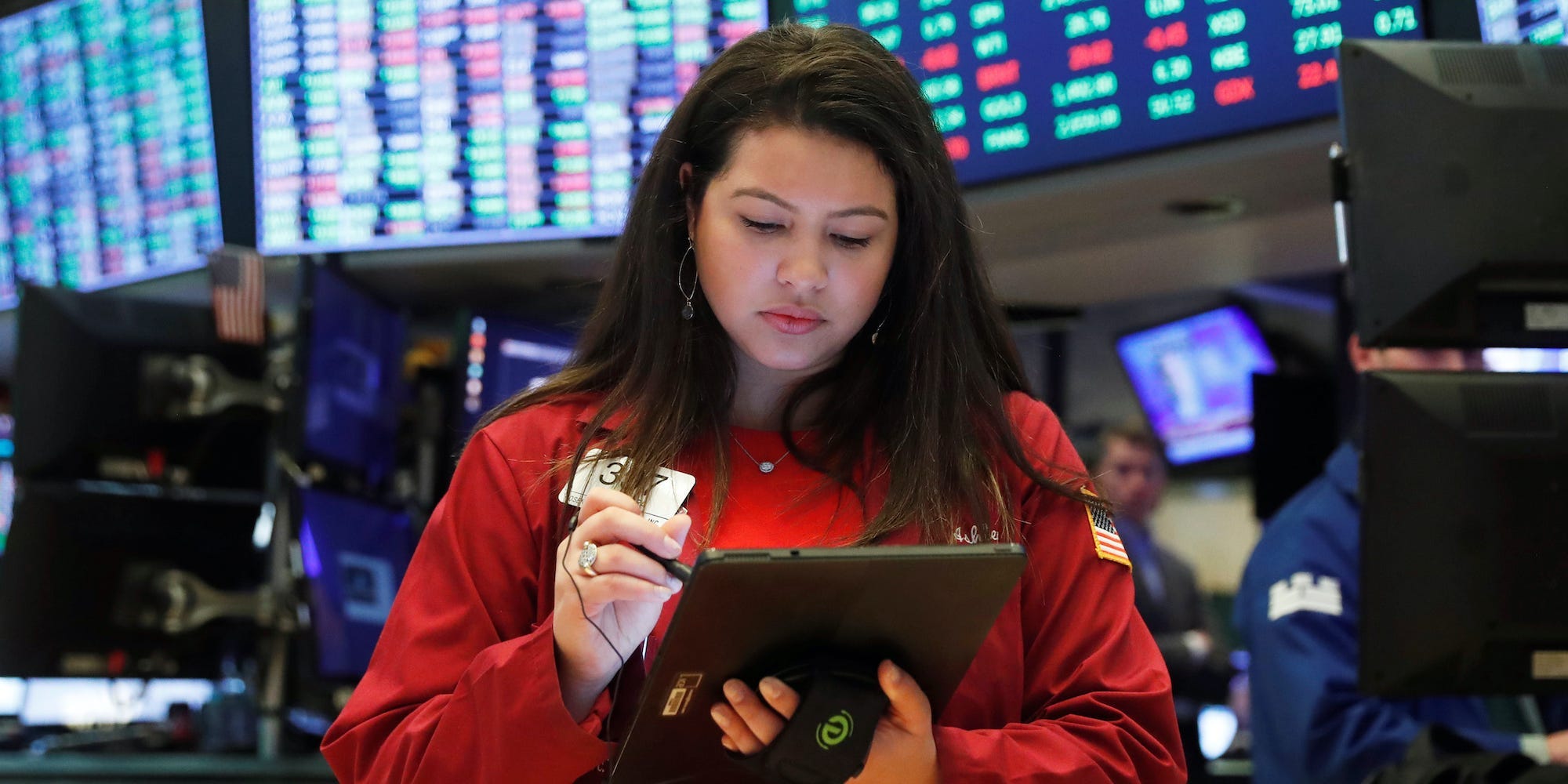
Lucas Jackson/Reuters
- “Value is dead,” Bank of America said in a note published on Tuesday.
- The firm highlighted that value stocks just experienced their worst decade ever of performance relative to growth stocks, and it can all be explained by a single trade.
- BofA recommended value investors implement these four changes to their investment process to significantly improve returns.
- Visit Business Insider’s homepage for more stories.
“Value is dead.”
That’s according to Bank of America, which pointed out in a note published on Tuesday that value stocks experienced their worst decade on record of performance relative to growth stocks.
“The last ten years have been even worse for value investors than the dotcom bubble,” BofA said.
And according to the bank, there’s one big trade that can explain most of the drop in value stocks, which has been exacerbated by the COVID-19 pandemic.
Low interest rates, little to no inflation, and a global economic slump account for 79% of the relative returns between growth and value, according to BofA.
Growth stocks, specifically in the US large-cap space, are plays on continued deflation and low interest rates. This trend will likely continue without a big macro shift, leading growth stocks to "probably keep winning," the note said.
"Lower growth expectations, lower inflation and a flatter yield curve help growing companies that rely on long-term debt, and those same macro conditions also reduce the worth of short-term dividends, which are typically paid by value stocks," BofA explained.
But value investors can implement these four changes to "significantly improve returns," BofA said.
1. "Go small."
To capture the greater value premium relative to large-cap stocks, investors should focus on small-cap value, BofA said. The firm pointed to historical data showing that small-cap value outperformed growth by 5.5 percentage points per year since 1926, versus only 3.4 percentage points for large-cap value versus growth.
"That same dynamic is evident in recent decades, with small cap value faring better," according to BofA.
2. "Go for quality."
To avoid "value traps" and dead industries, investors should focus on high quality value companies, BofA said, adding that "historically this has added a full percentage point to annual returns."
3. "Watch macro conditions."
To avoid false starts and get confirmation of a change in trend, investors should follow macro economic conditions.
"Vaccine/reopening progress would likely boost unloved financials and hurt growthy, overbought lockdown portfolios," Bank of America said. The firm noted that this trend was evident during last week's market sell-off, as the Russell 1000 Value index outperformed its growth counterpart by the most since 2008.
4. "Add intangibles."
Investors should ditch the price-book ratio as a valuation tool, which was a favorite of value investing disciples Benjamin Graham and David Dodd, BofA said, explaining that the traditional book value of companies that is used to calculate the widely followed ratio excludes "many of the resources that are most important to companies today."
Intangible assets include intellectual property, business rights, brand value, and more. According to BofA, in 2018, 84% of S&P 500 member companies assets were intangible.
Traditional value investing ignores the value of Google's algorithms and instead focuses on the physical buildings and network servers inside them, BofA said. Instead, value investors should employ the adjusted book value measure to produce "significantly better returns," the note said.
